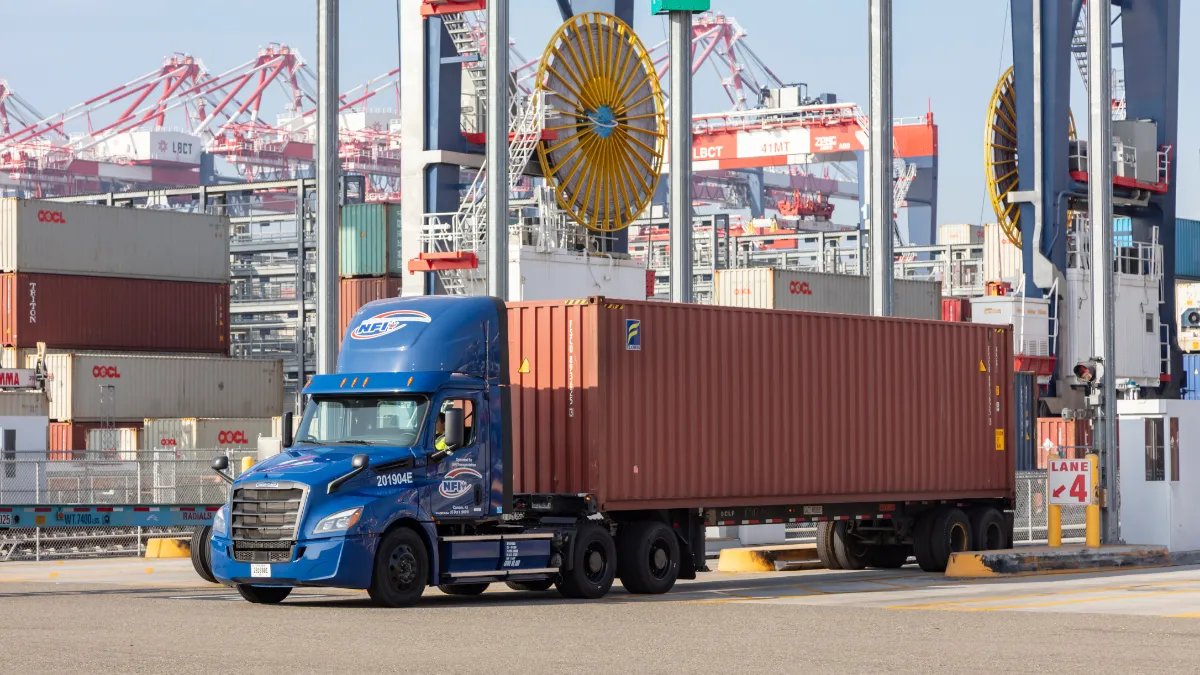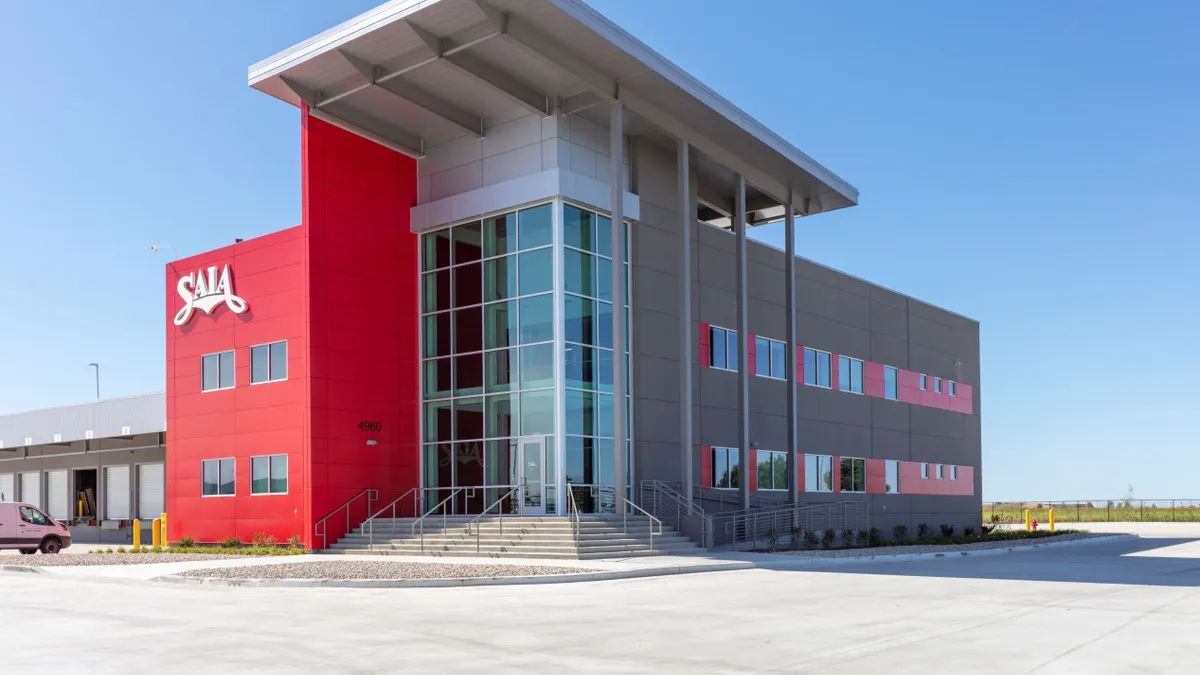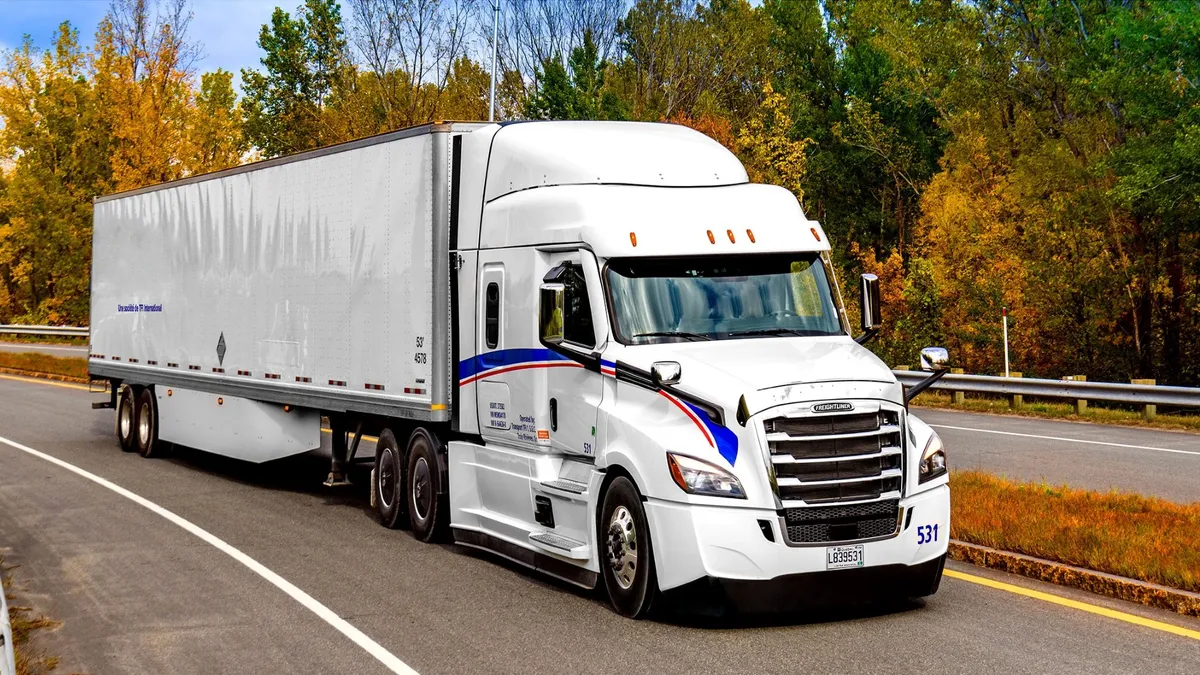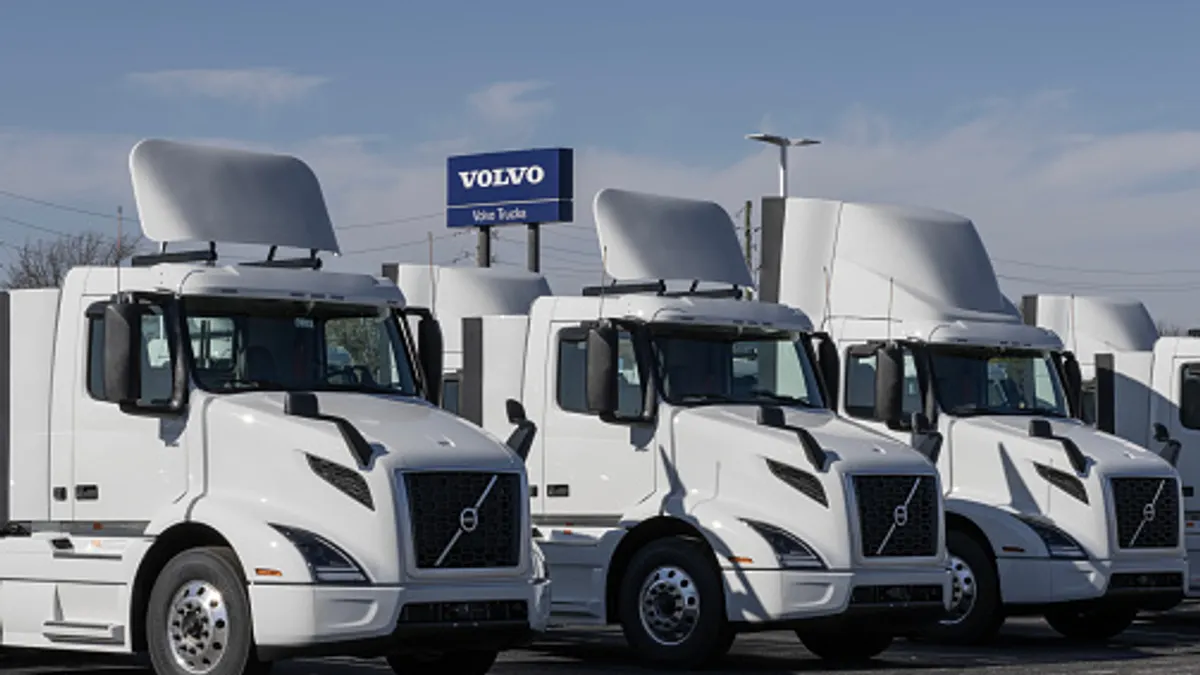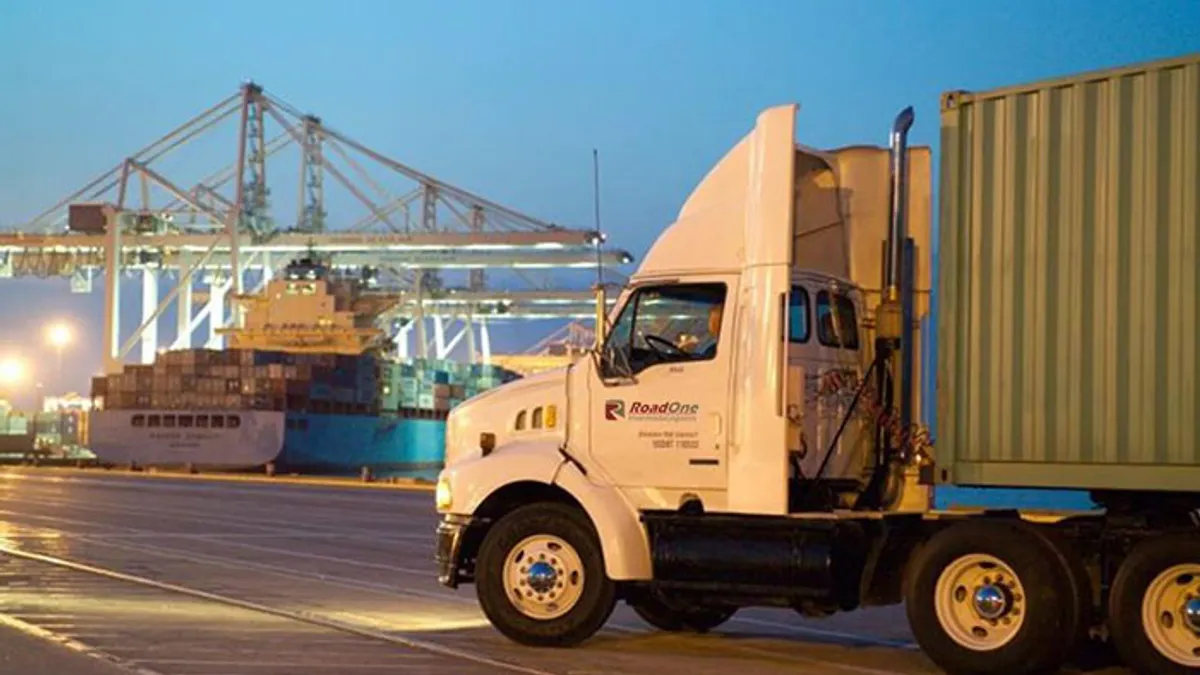NFI’s journey into electric truck deployment began in 2018. Now, the fleet is testing out 10 electric vehicles from Daimler at its Chino, California, facility.
The test program got off to a quick start, once NFI’s senior vice president of fleet services, Bill Bliem, and others began exploring options with OEMs.
“A year later, we had our first electric Daimler tractor in place,” he said. “They partnered with us from pitch to implementation.”
It’s early in the process, but Bliem said he is pleased with where things stand. While it’s a small dip into the zero-emissions pool, the New-Jersey-based company’s experiment is providing plenty of information for future investment.
A collaborative model
Throughout the country, states are offering incentives for trucking companies to electrify at least part of their fleets. California leads the way, according to the American Council for an Energy Efficient Economy. But New York, Maryland, New Jersey, Colorado and others are among a growing number of states to follow suit.
That number will likely increase in the coming years, with a climate-friendly administration in place. And an equipment-adoption model based on collaboration, like the one NFI and Daimler are using, is how many early adopters of electric tractors are proceeding.
One of the biggest projects of its kind is Volvo’s Low Impact Green Heavy Transport Solutions project — known as Volvo LIGHTS — supported by a $44.8 million investment from the California Air Resources Board.
This is the direction Los-Angeles-based Dependable Supply Chain Services took when it decided to test battery-electric vehicles this past fall.
According to Troy Musgrave, director of process improvement at Dependable Supply Chain Services, Volvo LIGHTS offered the opportunity to test the equipment at an easy entry point.
“It gave us a chance to introduce the vehicles to our system so that we can figure out where they might fit into our supply chain,” he said. “With the California regulations, it’s smart to see what’s available and collect data so that we can make good decisions.”
While neither NFI nor Dependable Supply Chain Services have a long history with electric trucks to draw on, they are learning and taking notes as they go.
Infrastructure: The chicken or the egg?
Setting up charging infrastructure is one of the most significant hurdles, when it comes to electric trucks. And for NFI, it has been one of the biggest pieces of the project.
“We have five fast chargers at our distribution center,” said Bliem. “This was the longest part of the process, which Daimler helped us do as it built the trucks.”
Bliem explained that the lesson here was dealing with a utility company, rather than a fuel source.
“It’s smart to see what’s available and collect data so that we can make good decisions.”

Troy Musgrave
Director of Process Improvement at Dependable Supply Chain Services
“We didn’t know how much electricity we’re going to use, so we can’t pay demand charges,” he said. “But we did know we had minimum ranges we needed to accomplish and ideal charging times.”
Currently, NFI sends its electric trucks to the Port of Los Angeles, a 120-mile round trip, which it can do once before needing to recharge. Charging requires a little over two hours once the battery is below 20%.
“It’s easy to say 120 miles, but there are factors that go into that number, like traffic in Los Angeles, and wait times at the docks,” Bliem said.
Dependable Supply Chain Services runs its two trucks from Volvo in the 85- to 100-mile range right now. “They are capable of going longer, and we’re working to determine what that looks like,” said Musgrave.
One barrier to greater range that both companies face is dependable public infrastructure support.
“There are many stakeholders involved, cities, the state, the utility companies,” said Musgrave. “The utility companies are learning a lot from the pilot programs and that will help them scale up.”
Brett Pope, director of electric vehicles for Volvo Trucks North America, said the current environment is one of a chicken and egg scenario.
“The stakeholders must step up and develop the infrastructure.”

Brett Pope
Director of Electric Vehicles at Volvo Trucks North America
“Now that fleets are testing the trucks, we’re seeing a response from public utilities to get on board,” he said. “The stakeholders must step up and develop the infrastructure.”
Everyone involved hopes to see battery prices become more affordable, in addition to improved infrastructure.
“When you look at the asset plus the infrastructure, you’re talking about a $450,000 investment for an electric truck versus a $100,000 investment in a diesel vehicle,” said Bliem. “But we know battery prices will come down and the cost will eventually be one-and-a-half to two times the cost of a diesel counterpart. At that point, you have the savings in fuel and maintenance, plus incentives, making it a smart choice.”


